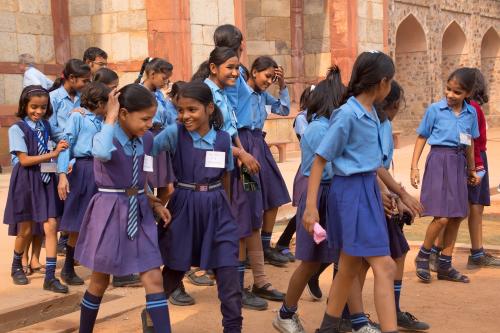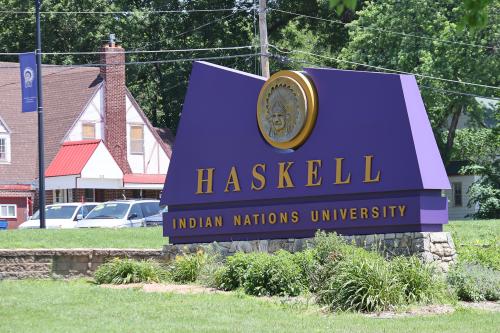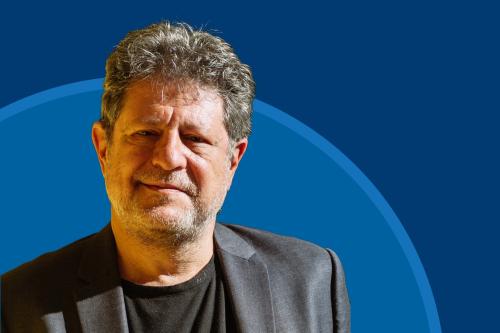This case study describes an ongoing systemic effort to transform the learning experiences of young people in British Columbia through curriculum reform.1 British Columbia lies on the western coast of Canada and is its third largest province at around 5.1 million people. Public education in Canada is an entirely devolved responsibility of the provinces. The school system is “co-governed” by the Ministry of Education and the district school boards, with the ministry providing the framework for curriculum and assessment.
Over the past decade, British Columbia has undergone substantial reform to its central curriculum and assessment framework. This reform was not framed in terms of raising overall achievement levels, and instead explicitly aimed toward making education more relevant, engaging, and fit for a changing world. While reducing attainment gaps between non-Indigenous and First Nations students was an explicit goal, more broadly reform leaders aimed to bring Indigenous thinking into the curriculum and culture of schooling in ways that would benefit all students.
At the level of the curriculum, the reform involved reducing the number of curricular standards and introducing a framework centered on subject-based “big ideas” and cross-subject “core competencies:” communication, thinking, and personal and social competency. Subject-based provincial exams, taken in grades 10-12, have been removed and replaced by new literacy and numeracy assessments that prioritize the application of knowledge. Efforts to reform the reporting requirements on teachers and schools, to de-emphasize the role of grades in elementary school and percentage scores in high school, and to instead emphasize the formative assessment of core competencies are ongoing.
In contrast to a top-down approach, the new curriculum was developed in collaboration with stakeholder groups across the province, including those representing teachers, principals, superintendents, parents, the independent school sectors, and the First Nations. Curriculum drafts were released for review and commentary by the public as well as stakeholder groups.
The core competencies have been widely accepted by teachers, parents, and students as focal points of education. This has occurred quite rapidly in elementary schools and more gradually in secondary schools, but is an ongoing shift. The province is seeing mounting examples of practice that is more child-centered and more informed by Indigenous perspectives. The continued spread of new mindsets and practices are amounting to a transformation in the goals and experience of education.
|
The summary report “Transforming education for holistic student development: Learning from education system re(building) around the world” lays out 10 key lessons for transforming education systems, which are all exemplified in this case study. In particular, this case study highlights the need to:
1. Engage diverse stakeholders: Engage and coordinate among diverse stakeholders and leverage partnerships.
2. Construct coherence: Create opportunities for diverse stakeholders to deliberate on different cultural norms, cognitive frameworks, and regulatory environments that inform schooling.
3. Distribute leadership: Develop and distribute leadership for instruction by, among other things, cultivating educator and student agency. |
-
Footnotes
- This case study is a companion to “Transforming education for holistic student development: Learning from education system (re)building around the world” (Datnow et al., 2022), a summary report that explores the work of building and rebuilding education systems to support holistic student development in six education systems in Singapore, Ireland, Chile, Canada, India, and the United States and in one cross-national system (the International Baccalaureate). While different in many ways, the seven systems bear remarkable similarities in their efforts to (re)build education systems—each is working in policy contexts pressing for academic quality and equity, while also facing additional incentives to support holistic student development.





